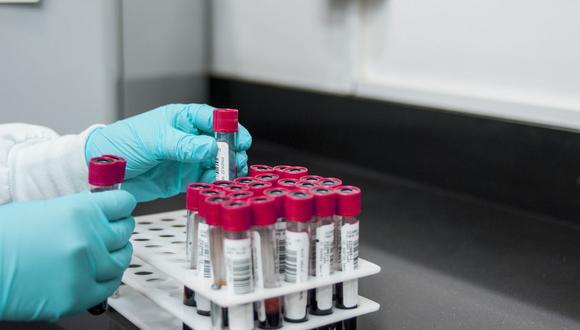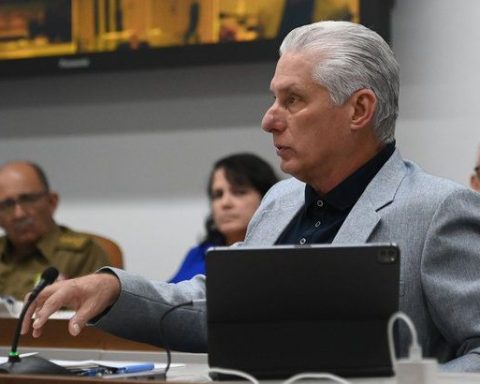A few weeks ago a group of US scientists announced that a woman with leukemia in New York was cured of AIDS after receiving stem cells from blood taken from an umbilical cord.
Previously three patients, respectively in Berlin, London and Dusseldorf, were also cured after a bone marrow transplant that was originally intended to combat their cancer.
This transplant from a compatible donor, whose cells were resistant to HIV, made it possible to replace the infected patient’s blood cells and reconstitute their immune system.
However, these cases involve operations that are too delicate, impossible to reproduce in a generalized way.
Since the acquired immunodeficiency virus (HIV) was isolated in 1983 by doctors Françoise Barré-Fitoussi and Luc Montagnier, science has advanced by leaps and bounds.
The first tri-therapies (combinations of three drugs) made it possible to save innumerable patients from 1996 and, for the sick, to lead a reasonably safe life.
– Therapies with drawbacks-
But triple therapies are not anodyne.
Those who take these drugs have a higher risk of developing other diseases (cardiovascular, cancer), and compatibility problems sometimes arise.
In many countries, access to these triple therapies is not guaranteed, recalled Michaela Müller-Trutwin, a professor at the Pasteur Institute in Paris, at a recent colloquium.
“Currently patients tell us that they would like a treatment that they can interrupt,” Françoise Barré-Sinoussi told AFP. “You have to try,” she added.
Some patients who received very early antiretroviral treatment have been able to “naturally control the infection” after stopping their triple therapy, he explained.
A very small part of these patients, infected with AIDS for a long time, manage to get rid of triple therapy, thanks to their genetic characteristics, which allow them to strengthen the immune system.
“Based on these cases, it is possible to better understand the mechanisms that must be taken into account in a therapeutic strategy,” added Barré-Sinoussi.
“Every time we have more data that show, for example, the important role played by NK cells (natural killers, “natural killers”)” contained in the lymphocytes of the immune system, capable of killing infected cells, he explained.
Other new possibilities are gene therapy or immunotherapy, to modify cells or virus receptors, he added.
But one must be cautious about the possibility of totally eliminating the infection in patients.
“That would mean that there are no longer any infected cells left in the body, which seems unlikely,” responded Jennifer Gorwood, a post-doctoral student at the Karolinska Institute in Stockholm, Sweden.
The problem with HIV is that it is installed latently in cells “and can be reactivated, for example when treatment is interrupted,” he explained.
“At first we thought that the virus had to be 100% eradicated, and now we are beginning to understand that it is enough to introduce barriers” to control it, strengthening cells or stimulating the immune system, said Michaela Müller-Trutwin. A goal that may need decades.

















